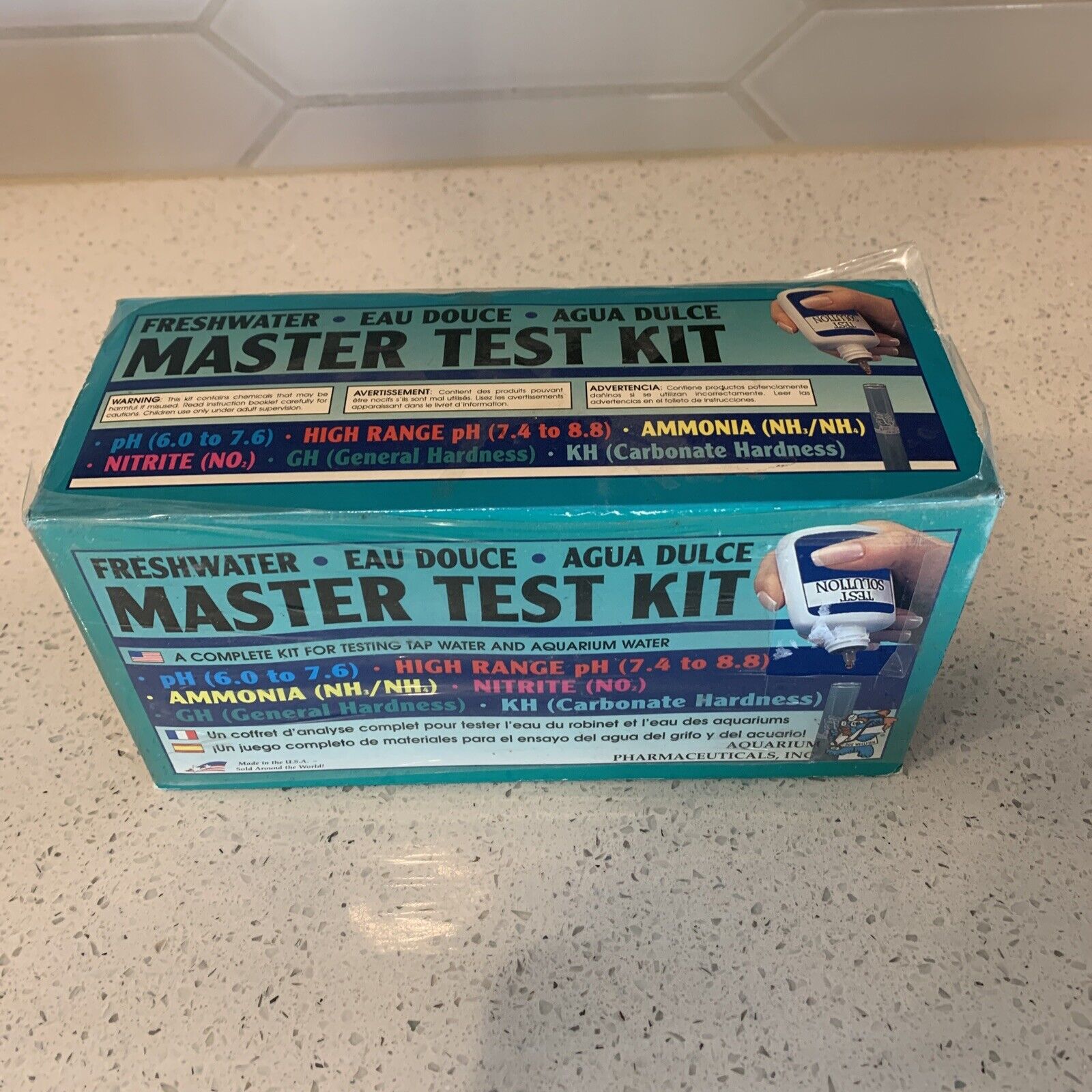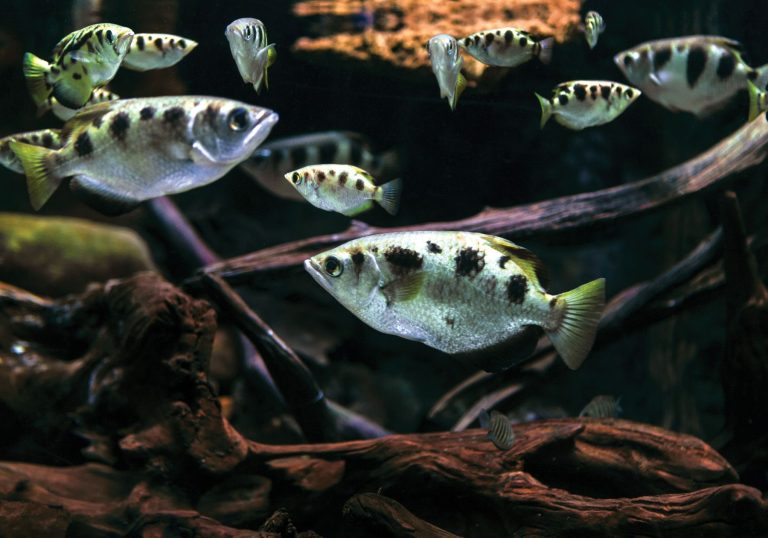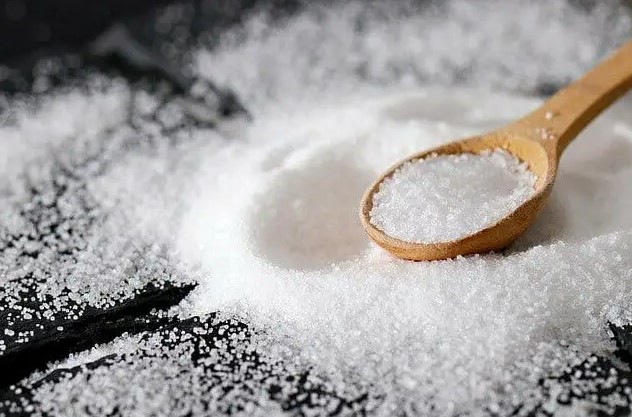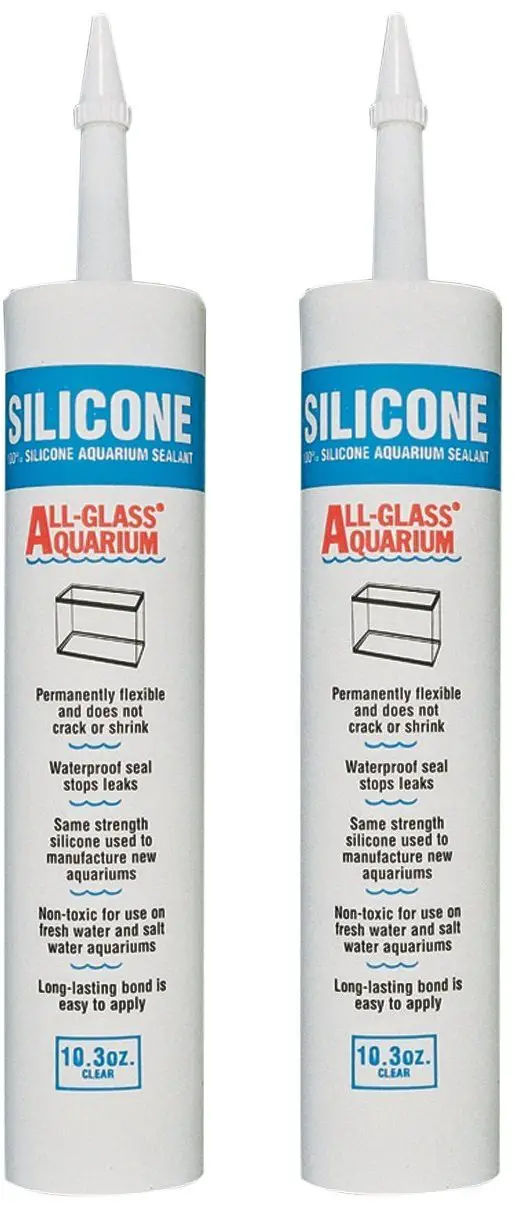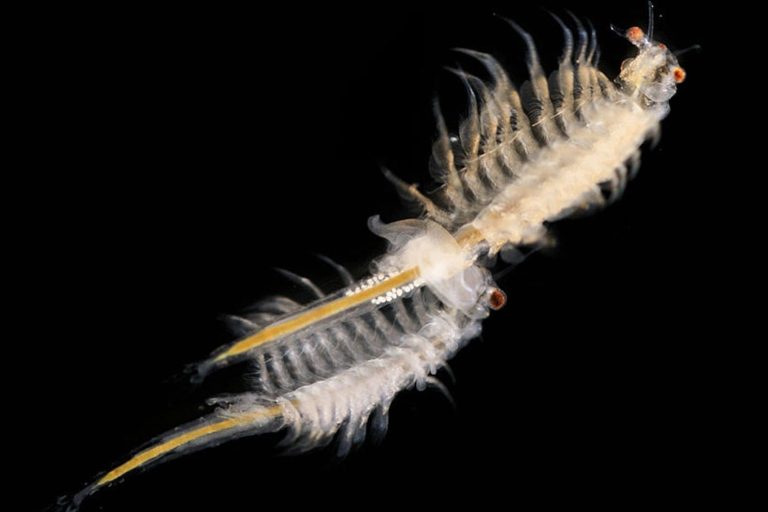Master the Art of Lowering Kh in Your Aquarium
To lower kh in aquariums, add ro or distilled water. Reduce flow rate, increase surface agitation, and use peat moss or almond leaves.
Aquarium enthusiasts know that keeping their underwater friends happy and healthy requires consistent attention and proper care. When it comes to maintain proper water chemistry, many factors must be taken into account, including the carbonate hardness (kh). Kh, or temporary hardness, measures the amount of bicarbonates and carbonates in the water, affecting ph levels and the overall health of aquatic life.
High kh levels can lead to algae blooms, cloudy water, and restricted plant growth, while low kh levels can be dangerous to fish and can cause ph crashes. Fortunately, lowering kh in an aquarium can be accomplished through various methods, including adding ro or distilled water, reducing flow rate, increasing surface agitation, and using peat moss or almond leaves.

Credit: www.etsy.com
Understanding The Concept Of Kh And Its Significance
If you are an aquarium owner, it’s essential to monitor its water chemistry to keep your aquatic pets healthy and happy. One crucial aspect of water chemistry is the kh level. In this section, we’ll delve deeper into what kh is and why it is crucial in keeping your aquarium’s environment stable.
What Is Kh And Its Role In Aquariums?
- Kh, or carbonate hardness, is a measure of the buffering capacity of your aquarium water against acidity or alkalinity changes. It measures the amount of carbonate and bicarbonate ions in the water and indicates the water’s ability to neutralize acidic compounds and maintain a stable ph level.
- In aquariums, maintaining the appropriate kh level is essential in keeping the water chemistry stable. It ensures that the ph level remains constant and prevents any sudden changes that can stress or harm your aquatic pets.
- Kh also plays a critical role in the growth and development of certain aquarium plants that require carbonate ions to perform photosynthesis.
The Optimal Kh Level For Different Species Of Fish And Plants
- Different fish species have different kh requirements. Some species thrive in soft, acidic water, while others require a higher kh level to support their specific biology.
- Generally, most fish species do well in an aquarium with a kh level between 4-8 dkh.
- Some aquarium plants such as vallisneria and anubias require a higher kh level to perform photosynthesis effectively.
The Effects Of High And Low Kh Levels On Aquatic Life
- High kh levels can result in hard water that appears cloudy and has a high ph level. This can stress some fish species, especially those that require soft water.
- Low kh levels can lead to acidic water that can cause rapid ph level changes, endangering aquatic life. It also affects the solubility of minerals essential for keeping fish healthy.
The Importance Of Maintaining The Ideal Kh Levels In Your Aquarium
- A stable kh level is critical in keeping your aquarium’s water chemistry consistent, preventing any sudden changes that can shock or harm your aquatic pets.
- Regularly monitoring and adjusting the kh level is essential to keep your aquarium’s ph level stable and your aquatic life healthy.
- Always consult with your local pet store or aquarium expert to ensure you maintain the appropriate kh level for your specific aquarium’s requirements.
By understanding what kh is and why it’s crucial in a stable aquarium environment, you can take practical steps to maintain optimal kh levels and keep your aquatic pets healthy.
Identifying The Factors That Influence Kh Levels In Your Aquarium
If you own an aquarium, you understand how important it is to maintain an optimal environment for your fish and plants to thrive. One significant aspect of the aquarium that requires constant attention is the kh levels. Kh is the measure of the hardness or buffering capacity of the water.
We will discuss the various factors that influence kh levels in your aquarium and how to lower them to maintain a healthy aquatic ecosystem.
The Chemistry Of Your Tap Water
The quality of your tap water plays a crucial role in the hardness of your aquarium water. Some water sources may have naturally higher levels of kh minerals, such as calcium and magnesium. Some municipalities add chemicals to the water supply to balance the ph, which can further impact the kh levels.
Keep an eye on the kh levels in your aquarium, especially if you supply your tank with tap water.
- Use a water test kit to determine the mineral content of your tap water.
- Consider using a water treatment or conditioner designed to improve water quality.
The Type And Composition Of Your Aquarium Substrate
Aquarium substrates, such as sand, gravel, or soil, can also affect the kh levels in your aquarium. Substrates rich in carbonate minerals can increase the buffering capacity of the water, resulting in a more stable kh level. In contrast, substrates with low carbonate levels can decrease the kh level significantly.
- Test different substrates before adding them to your aquarium to determine their effects on kh levels.
- Opt for substrates with high carbonate content if you want to maintain a stable kh level.
The Type Of Rock And Décor In Your Aquarium
The type of rock and décor materials can also affect the kh levels in your aquarium. Calcite-based rocks such as limestone and marble can increase the kh levels, while others like driftwood and moss can lower them.
- If you plan to add rocks to your aquarium, consider their effect on the kh level.
- Avoid adding too many calcite-based rocks, as they can result in high kh levels that can be harmful to your aquatic pets.
The Ph Level Of Your Water
The ph level of your aquarium water can also influence the kh levels. The ideal ph for most freshwater fish is between 6. 8 and 7. 6. In water with a high ph, the kh levels are likely to be high, while low ph water will have low kh levels.
- Use a ph test kit to determine the acidity of your aquarium water.
- If your aquarium’s ph levels are too high, you can lower them by adding peat moss.
Other Factors That Affect Kh Levels In Your Aquarium
Other factors that can affect the kh levels in your aquarium include:
- Water temperature – high water temperatures accelerate mineral dissolution, resulting in high kh levels.
- Fish waste and food debris – these can increase the concentration of organic and inorganic minerals in the water, affecting the kh level.
- Presence of aquatic plants – plants absorb minerals, which can lower kh levels.
- Water changes – frequent water changes can disrupt the chemical balance in your aquarium’s water, causing fluctuations in kh levels.
To maintain a stable kh level in your aquarium, it’s important to monitor and adjust these factors accordingly.
Identifying the factors that influence kh levels in your aquarium is crucial to maintain a healthy aquatic ecosystem. By keeping an eye on the chemistry of your tap water, the type and composition of your aquarium substrate and the type of rock and décor, the ph level of your water, and other factors that affect kh levels, you can ensure that your aquarium environment remains stable and conducive for your aquatic pets.
Methods To Measure Kh Levels In Your Aquarium
Understanding The Kh Test And How To Use It
Kh, or carbonate hardness, is a crucial parameter to measure in aquariums. It represents the total amount of carbonates and bicarbonates dissolved in the water. Low kh levels can lead to ph fluctuations, which can be harmful to aquatic life.
Therefore, it is essential to properly measure and maintain the correct kh levels in your aquarium. Here are some key points to keep in mind when testing kh levels:
- Kh can be measured using a test kit that contains a reagent. This reagent changes color when added to the water sample, indicating the kh level.
- The accuracy of the test results depends on how precisely the instructions are followed. Be sure to follow the instructions that come with your test kit.
- One kh unit is equivalent to 17.848 milligrams per liter (mg/l) or parts per million (ppm) of calcium carbonate in the water sample.
The Importance Of Regularly Monitoring Kh Levels In Your Aquarium
Regularly monitoring your aquarium’s kh levels is essential for maintaining a stable environment for your fish and plants. Here are some key points to keep in mind:
- Fluctuations in kh levels can cause ph swings that can stress fish, leading to health issues or even death.
- A decrease in kh levels can cause a decrease in ph, leading to acidic conditions that can harm fish and plants.
- Regular testing of kh levels will allow you to adjust your aquarium’s water chemistry by adding buffers or other supplements to maintain proper kh levels.
How To Interpret The Results Of Kh Tests
Interpreting kh test results is essential in adjusting water chemistry and maintaining healthy aquatic life. Here are some key points to keep in mind while interpreting the test results:
- A kh level of 4-8ºdkh is ideal for most freshwater aquariums.
- If the kh levels are too low, add buffers such as baking soda to raise them.
- If the kh levels are too high, dilute the water with pure water or filtered water to lower it.
Common Pitfalls In Measuring Kh Levels And How To Avoid Them
Avoiding common pitfalls in measuring kh levels will ensure accurate and consistent test results. Here are some key points to keep in mind:
- Always make sure to read and follow the instructions that come with your test kit carefully.
- Properly mix the reagents and avoid contamination between samples.
- Try to test at the same time each day, and avoid testing immediately after a water change.
- If you get a reading that doesn’t seem accurate, it might be an indication of poor water quality, dirty test equipment, or expired reagents.
By regularly monitoring and properly maintaining the kh levels in your aquarium, you can ensure that your aquatic pets thrive. By following these guidelines, you can take accurate measurements and understand the results of the kh tests.
Techniques To Lower Kh Levels In Your Aquarium
If you want to maintain a healthy aquarium, it’s essential to keep an eye on the water’s parameters, including kh levels. Carbonate hardness (kh) is a crucial aspect that defines how alkaline or acidic the water is in your aquarium.
High kh levels lead to high ph, which can be harmful to your aquatic pets. However, several techniques can help you lower kh levels in your aquarium and maintain optimal water parameters.
Introduction To Various Water Treatment Products For Kh Lowering
When it comes to lowering kh levels in your aquarium, several water treatment products perform this function efficiently. These products include:
- Reverse osmosis (ro) water: This type of water has low mineral content, making it ideal for aquariums.
- Peat moss: Organic material that lowers kh levels by absorbing calcium carbonate.
- Chemical additives: These products directly react with the carbonates and bicarbonates in the water, causing carbon dioxide production, which reduces the kh levels.
The Pros And Cons Of Each Treatment Method
Each water treatment product has its pros and cons. Here’s a brief overview:
- Reverse osmosis water: Ro water is pure and lacks essential minerals required for the aquatic pets to survive, such as calcium and magnesium.
- Peat moss: This method can lower kh levels to some extent; however, it will stain your aquarium water and might alter the ph levels.
- Chemical additives: These products are efficient at lowering kh levels but can be harmful to the aquatic pets if used excessively.
The Dos And Don’Ts Of Using Kh-Lowering Products
When using kh-lowering products, there are a few things you should keep in mind. Here are some dos and don’ts:
Dos:
- Test the kh levels before and after using any product to have a clear idea of how they affect your aquarium water.
- Research the product thoroughly before using it in your aquarium.
- Follow the manufacturer’s instructions and dosages.
Don’ts:
- Never use kh-lowering products excessively as this may shock the aquatic pets and cause sudden changes in the water quality.
- Do not use kh-lowering products when adding new aquatic pets to your aquarium, as this may harm them.
How To Create A Custom Kh-Lowering Solution For Your Aquarium
If you prefer making your own kh-lowering solution, you can try the following recipe:
- Mix equal parts of distilled water and ro water.
- Add 1-2 drops of acid until you reach your desired kh level.
- Test the water, then add aquarium salt to balance the minerals.
Preventing Sudden Kh Fluctuations In Your Aquarium
Sudden kh fluctuations can cause stress and harm to your aquatic pets. Here are some ways to prevent this from happening:
- Avoid adding too many fish to your aquarium at once.
- Maintain consistent water changes to reduce the accumulation of kh levels.
- Using a buffering substrate can help stabilize kh levels in the aquarium.
Lowering kh levels is crucial for maintaining a healthy aquarium. Choose the appropriate method based on your needs and preferences, and always research the product before purchasing it. By following the dos and don’ts, creating custom solutions, and preventing sudden fluctuations, you can ensure your aquarium is a thriving environment for your aquatic pets.
Ensuring The Stability Of Kh Levels In Your Aquarium
Maintaining the stability of the kh levels in your aquarium is crucial for the health and well-being of your aquatic plants and animals. Here are some guidelines to help you ensure the stability of your aquarium’s kh levels:
The Importance Of Regular Maintenance And Upkeep Of Your Aquarium
Consistent care and maintenance of your aquarium are crucial for maintaining balanced kh levels. These kh levels, in turn, affect the ph level of the water and ensure that the aquatic life thrives. The following are some essential steps that every aquarium owner must take to maintain kh levels required in the aquarium:
- Ensure that the filter in the aquarium is properly installed and is functioning correctly.
- Regularly monitor water levels, ph levels, and kh levels.
- Regularly clean your aquarium, including removing any leftover food, waste and debris to prevent any water damage in the aquarium.
- Ensure sufficient air supply to provide enough oxygen for the aquatic life.
The Role Of Water Changes In Maintaining Stable Kh Levels
Frequent water changes are a powerful way to maintain stable kh levels in the aquarium. Mostly, aquarium keepers change 20% of the water once a week. It is essential to remove the buildup of waste or aquarium residue to reduce the calcium and magnesium hardness in the water.
The following are some tips for changing water in your aquarium:
- Test the water before a water change and note down the reading.
- Don’t change all the water at once. Changing all the water in a single go may lead to stress among the aquatic animals. Thus, it is essential to replace lesser amounts of water at regular intervals.
- Use dechlorinated bathroom temperature water for the aquarium, and let it sit for 24 hours.
Best Practices In Aquarium Care To Ensure Stable Kh Levels
Best practices are important to help you maintain stable kh levels while keeping the aquarium clean and the aquatic life healthy. Here are some best practices every aquarium owner should follow:
- Choose high-quality food for the aquatic animals and provide them in the right amount to prevent overfeeding.
- Avoid overcrowding the aquarium by having only a limited number of aquatic animals in it.
- Use only the recommended water conditioner.
- Keep the aquarium plants healthy and well-maintained.
Common Mistakes In Aquarium Maintenance That Affect Kh Levels
Frequently aquarium owners may follow the incorrect information or take a shortcut while maintaining their aquariums. It could harm the kh levels and eventually lead to unhealthy aquatic life. Here are some common mistakes to avoid:
- Overfeeding the aquatic animals in the aquarium.
- Using improper water conditioner or not using one at all.
- Neglecting aquarium filters, leading to inadequate maintenance of aquarium water quality.
- Adding too many aquatic animals in the aquarium.
Troubleshooting Kh Fluctuations In Your Aquarium
Even after taking precautions and following the best practices, sometimes kh fluctuations may occur in the aquarium. Here are some troubleshooting techniques that you can use to maintain stable kh levels:
- Do a water test to identify if the kh level changed or not.
- Check that the aquarium’s filter is working correctly.
- Perform a small water change to dilute the minerals in the water.
Maintaining stable kh levels is crucial for your aquarium’s health and well-being. Regular maintenance, frequent water changes, best practices, and avoiding common mistakes are critical steps for ensuring healthy aquatic life.
Frequently Asked Questions For How To Lower Kh In Aquarium
What Is Kh In An Aquarium?
Kh measures the carbonate hardness of aquarium water, which affects ph stability and mineral concentrations.
Why Is Kh Important In An Aquarium?
Kh is vital for a healthy aquarium as it stabilizes the ph level and maintains mineral concentrations to help the fish grow.
How Does Kh Affect The Aquarium Plant Growth?
Higher kh levels hinder plant growth in aquatic plants due to increased alkalinity and high ph levels. Lower levels are beneficial.
What Techniques Can Be Used To Lower Kh In An Aquarium?
Techniques like reverse osmosis and peat filtration can help reduce kh levels in aquariums. Adding driftwood, indian almond leaves, and co2 also help.
Conclusion
Maintaining proper water quality is the key to a healthy aquarium, and controlling the kh level is a crucial part of it. By knowing what causes high kh, monitoring it regularly, and taking appropriate measures to lower it, you can provide a perfect environment for your aquatic pets to thrive.
Remember, sudden and drastic changes in kh or ph can harm your fish, so take it slow and steady. Some of the methods discussed in this article, such as adding driftwood or increasing c02 levels, may also have other benefits for your aquarium, such as reducing algae growth and boosting plant health.
With a little patience and some tweaking, you’ll be able to achieve the optimal water parameters for your fish and plants to flourish. So go ahead and give it a try!
